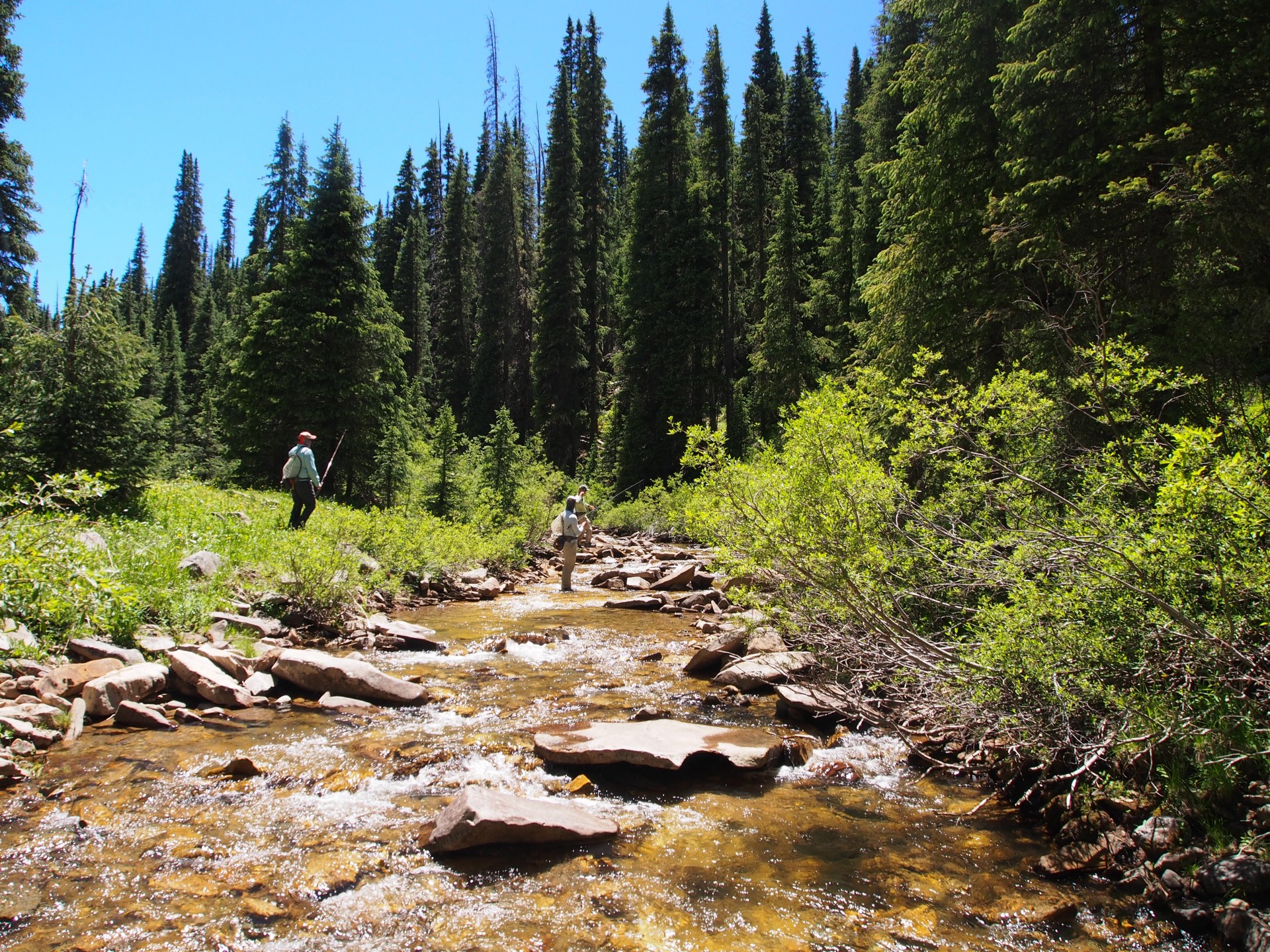- Home
- Photo Galleries
- South Carolina
South Carolina
2011
The image of a 100-pound tarpon jumping out of the water became sharp in my mind early in my fly fishing career. I spent a lot of time in the Florida Panhandle and was accustomed to seeing flats skiffs anchored for hours on end at the ends of long sand bars or the edge of a reef, sometimes where I was hoping to target redfish and trout out of my john boat with my dad. Once I learned that they were fly fishing, I immediately put catching a tarpon at the top of my list of fly fishing aspirations. Mind you, this was before I had ever felt the tug of any species on the other end of my line. I was just learning to cast, and it was a lofty dream. My dad often recalls me turning to him after the first time I did land a fish on the fly, a bass in a South Georgia farm pond, and asking when we could go try for a tarpon. He chuckled and told me there were a few things I needed to learn first.
Two summers later, when my family was in Hilton Head Island for our annual reunion, I learned that my goal may be more achievable than I realized. When a local fishing buddy shared that he could help me connect on my first tarpon, I was not going miss the opportunity. Bryon “Byronie” Sewell had been teaching my brother and me how to surf when fly fishing for tarpon came up in conversation. He saw my eyes light up when I heard the word. I had no idea that these migratory fish travelled all the way up the Atlantic Coast to South Carolina. Byron is a lover of all things marine, having travelled around the world fly fishing, scuba diving, and surfing. He loves getting kids involved in the sports he most enjoys and is a fantastic teacher. He seemed elated at the prospect of putting me on my first poon.
That afternoon, he biked over to my grandmother’s place in Sea Pines, an area on Hilton Head where my grandmother had spent summers since she was a little girl, and we headed to a series of tidal ponds to find the fish. We strapped our fly rods to the bikes with a bungy cord across the handlebar, tip pointing out the back, and peddled through golf courses and subdivisions until we made it to what looked to me like a bass pond. It had iced tea colored, brackish water. After tying on a small shrimp pattern we stood in the grass along the edge, an alligator 20 yards to our right, looking for signs of the fish.
Byron began to get excited. “Did you see it? Oh, there’s another!” I was confused at first about what he was referring to, but then saw what looked like a little boil on top of the water, then a silver flash. These were baby tarpon rolling, gulping air and eating small shrimp just below the water’s surface.
Many of the ponds on Hilton head are tidal. They have flood gates that allow water to come in and out as the ocean tides rise and fall, allowing marine organisms to make their way into the brackish ecosystem. Many of the ponds hold redfish and trout, but a few are home to baby tarpon. Byron hypothesizes that the embryos or fingerling tarpon have been pushed into the ponds, possibly randomly, during extreme tidal events, leaving some fish to reside there year-round.
I started working the pond as though I were fishing for bass, casting my fly under overhanging branches and toward structure, as well as hitting every roll I spotted, hoping the fish would remain somewhere nearby. I quickly learned that once they target the fly, they are eager to get a taste of it. I felt a little nudge on the end of my line and looked up to see a mirror like flash, then another and another as I continued to strip, until it finally engulfed my “Bonefish critter.” The fish went acrobatic, doing flips and twirls as it shot out of the water to try to throw the fly. It did not matter to me that the fish was only about two pounds…I was so thrilled, it might as well have been a 6-footer. After a few minutes of letting the fish run around, I dragged it in and for the first time got my hands on a tarpon. I immediately sent photos to my mentors in the sport, all of whom fished in the north Florida waters where I would eventually land an adult fish three years later. For years after that first experience, I would return to the ponds, as well as search for new ones, in pursuit of the baby tarpon, what many consider to be the pinnacle species of fly fishing.









